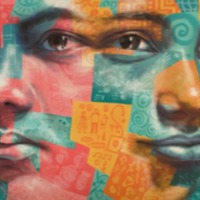
Kyial
There are an estimated 24,000 people living in modern slavery in Kyrgyzstan (GSI 2018). The country remains a source, transit and destination country for men, women and children subjected to forced labour and sex trafficking. Moreover, women in the country are often subject to kidnapping and forced marriage, an act that was only outlawed in the country in 2013 when authorities recognised it could lead to marital rape, domestic violence and psychological trauma. However, in some communities the practice remains common. Kyial was 20 years old when she was kidnapped by an acquaintance. She kept calling her mother for help, but to no avail. Kyial was raped on the first night in her kidnapper’s home. Unlike many other women, Kyial was able to escape. She contacted her friend, who in turn connected her to Open Line, an NGO based in Bishkek that offers kidnapped women counselling and legal advice.
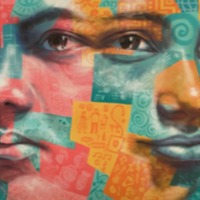
Magda
There are an estimated 85,000 people living in modern slavery in Yemen (GSI 2018). Young girls are subjected to child forced marriage, with UNICEF estimating 32% of girls being married before the age of 18. There is currently no legal age of marriage in Yemen and poverty, the practice of dowry and strict social and religious customs are drivers of child marriage in the country. With the onset of conflict within the country, estimates suggest that child marriage is on the rise. Magda, 21 at the time of this interview, was married when she was 14.
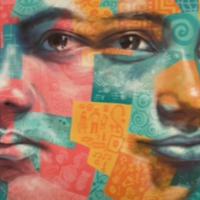
Afrah
There are an estimated 85,000 people living in modern slavery in Yemen (GSI 2018). Young girls are subjected to child forced marriage, with UNICEF estimating 32% of girls being married before the age of 18. There is currently no legal age of marriage in Yemen and poverty, the practice of dowry and strict social and religious customs are drivers of child marriage in the country. With the onset of conflict within the country, estimates suggest that child marriage is on the rise. Afrah was 16 years old when she was forced to leave school and get married.
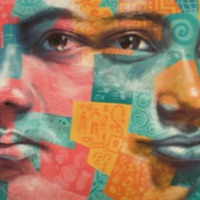
Fathiya
There are an estimated 85,000 people living in modern slavery in Yemen (GSI 2018). Young girls are subjected to child forced marriage, with UNICEF estimating 32% of girls being married before the age of 18. There is currently no legal age of marriage in Yemen and poverty, the practice of dowry and strict social and religious customs are drivers of child marriage in the country. With the onset of conflict within the country, estimates suggest that child marriage is on the rise. Fathiya was forced to marry at 12 years old. Now at 30, she has seven children and suffers with her health due to her early marriage and motherhood.
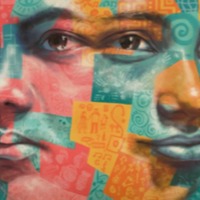
Sultana
There are an estimated 85,000 people living in modern slavery in Yemen (GSI 2018). Young girls are subjected to child forced marriage, with UNICEF estimating 32% of girls being married before the age of 18. There is currently no legal age of marriage in Yemen and poverty, the practice of dowry and strict social and religious customs are drivers of child marriage in the country. With the onset of conflict within the country, estimates suggest that child marriage is on the rise. Sultana was forced to marry at 16 years old in 2009 and was pregnant less than a year later.
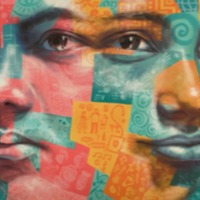
Su'ad
There are an estimated 85,000 people living in modern slavery in Yemen (GSI 2018). Young girls are subjected to child forced marriage, with UNICEF estimating 32% of girls being married before the age of 18. There is currently no legal age of marriage in Yemen and poverty, the practice of dowry and strict social and religious customs are drivers of child marriage in the country. With the onset of conflict within the country, estimates suggest that child marriage is on the rise. Su’ad was forced to marry when she was 14.
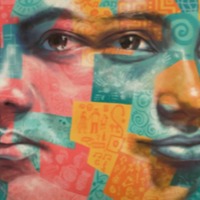
Sawsan
There are an estimated 85,000 people living in modern slavery in Yemen (GSI 2018). Young girls are subjected to child forced marriage, with UNICEF estimating 32% of girls being married before the age of 18. There is currently no legal age of marriage in Yemen and poverty, the practice of dowry and strict social and religious customs are drivers of child marriage in the country. With the onset of conflict within the country, estimates suggest that child marriage is on the rise. Sawsan was forced to leave education early and get married when she was ten years old.
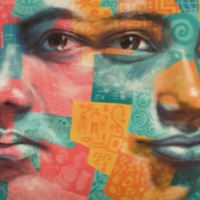
Arwa A.
There are an estimated 85,000 people living in modern slavery in Yemen (GSI 2018). Young girls are subjected to child forced marriage, with UNICEF estimating 32% of girls being married before the age of 18. There is currently no legal age of marriage in Yemen and poverty, the practice of dowry and strict social and religious customs are drivers of child marriage in the country. With the onset of conflict within the country, estimates suggest that child marriage is on the rise. Arwa was able to finish elementary school, but her family did not allow her to go to secondary school, Instead, she cared for her younger siblings. Arwa was forced to get married at 15 years old.
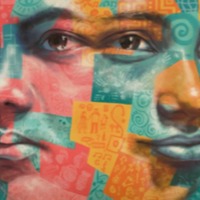
Kawkab
There are an estimated 85,000 people living in modern slavery in Yemen (GSI 2018). Young girls are subjected to child forced marriage, with UNICEF estimating 32% of girls being married before the age of 18. There is currently no legal age of marriage in Yemen and poverty, the practice of dowry and strict social and religious customs are drivers of child marriage in the country. With the onset of conflict within the country, estimates suggest that child marriage is on the rise. Kawkab had her education cut short when she was forced to marry at the age of sixteen.
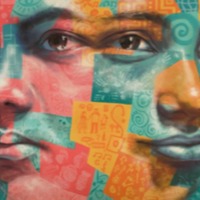
David Ninteretse
In 1993, Burundi’s first democratically elected president was assassinated in a coup d’état. Melchior Ndadaye, of the majority Hutu ethnic group, had sought during his three months in office to ease tensions between Hutu and the minority Tutsi, which had ruled Burundi for decades and continued to dominate the army. In response, Hutu paramilitary groups formed, and as quid pro quo attacks between Hutu and Tutsi escalated, Burundi spiraled into civil war.Among the many victims of the war were children. Indignant over Ndadaye’s death and the denial of political power the Hutu believed their due, extremist factions exhorted teenagers and even younger children to join their ranks, and for more than a decade, thousands of children lived in Burundi’s forests in deplorable conditions, raiding villages, camps, and military installations, both suffering and committing horrific violence. Many were girls kept as sexual slaves for older soldiers David became involved in the Burundi Democratic Youth when he was 15 years old. After the coup in 1993, he became a Hutu child soldier, David tells of the hunger and abuse he faced as a child soldier as he was forced to walk barefoot for days with little food and water. David tells of his experience as a child soldier, his attempts to gain an education to become a political leader, and his retirement.
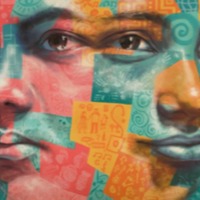
Binyam
There are an estimated 451,000 people living in modern slavery in Eritrea (GSI 2018). The small country has a unique system of compulsory, open-ended military service for citizens that makes it one of the most oppressive states in the world. The government has enforced its current policy of sending all secondary school students to serve for a minimum of twelve months since 2003. While Eritrean law puts the minimum conscription age at 18, many teenagers find themselves recruited during high school at age 16 or even younger. In rural areas, where formal education is rarer, the army will visit villages to round up young girls and boys who look roughly of age, to begin their program of combat training and forced labour. Binyam was 17 years old when he was imprisoned for planning to flee Eritrea.
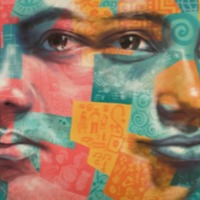
Leah Albright-Byrd
There are an estimated 403,000 people living in modern slavery in the United States (GSI 2018). Sex trafficking exists throughout the country. Traffickers use violence, threats, lies, debt bondage and other forms of coercion to compel adults and children to engage in commercial sex acts against their will. The situations that sex trafficking victims face vary, many victims become romantically involved with someone who then forces them into prostitution. Others are lured with false promises of a job, and some are forced to sell sex by members of their own families. Victims of sex trafficking include both foreign nationals and US citizens, with women making up the majority of those trafficked for the purposes of commercial sexual exploitation. In 2015, the most reported venues/industries for sex trafficking included commercial-front brothels, hotel/motel-based trafficking, online advertisements with unknown locations, residential brothels, and street-based sex trafficking. Leah ran away from home when she was 14 years old. She went to live her drug dealer in Sacremento who soon forced her to ‘contribute to the household’ by providing sexual services. Leah was in the life for four years before she was able to escape. She speaks of the role faith has had in enabling her to work through her trauma.
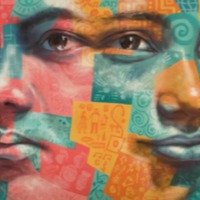
Durga
The Global Slavery Index 2018 estimates that on any given day there were nearly 8 million people living in modern slavery in India. The GSI 2018 reports an emerging trend in northeast India where organised trafficking syndicates operate along the open and unmanned international borders, duping or coercing young girls seeking employment outside their local area in to forced sexual exploitation. Many women and girls are lured with the promise of a good job but then forced in to sex work, with a 'conditioning' period involving violence, threats, debt bondage and rape. Durga belongs to the Bacchara caste, a community where women are the primary breadwinners of families and many work as prostitutes. Durga’s mother wanted to secure a better life for her daughters and so Durga was married off at a young age. However, at the age of 13 Durga decided to leave her husband after just a few months of marriage. Having no other options, she was forced in to prostitution.
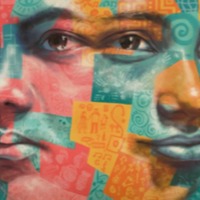
Rekha
The Global Slavery Index 2018 estimates that on any given day there were nearly 8 million people living in modern slavery in India. The GSI 2018 reports an emerging trend in northeast India where organised trafficking syndicates operate along the open and unmanned international borders, duping or coercing young girls seeking employment outside their local area in to forced sexual exploitation. Many women and girls are lured with the promise of a good job but then forced in to sex work, with a 'conditioning' period involving violence, threats, debt bondage and rape. Rekha was 12 years old when her parents pressured her to work as a prostitute to pay for her brother’s education. She was eventually able to find a way out of the life through marriage.
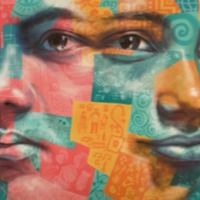
Panshi
The Global Slavery Index 2018 estimates that on any given day there were nearly 8 million people living in modern slavery in India. The GSI 2018 reports an emerging trend in northeast India where organised trafficking syndicates operate along the open and unmanned international borders, duping or coercing young girls seeking employment outside their local area in to forced sexual exploitation. Many women and girls are lured with the promise of a good job but then forced in to sex work, with a 'conditioning' period involving violence, threats, debt bondage and rape. Panshi grew up in Mumbai and lived with her mother, younger sister and younger brother. When she was 13 she was forced to drop out of school as her family could no longer afford it. She met an 18 year old boy, a friend who envisioned a better life for her. He tried to get her parents to allow her to continue her studies and told them he’d marry her, however her parents sent her to a different village. She was eventually told she could return to the city if she took up the family business. Panshi was 14 years old when she was forced in to prostitution by her family. When her friend tried to get her out of the life, she was taken in by the state as a minor and placed in a shelter.
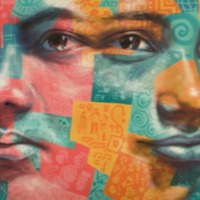
Tsin Tsin
The Global Slavery Index 2018 estimates that on any given day in 2016 there were over 3.8 million people living in conditions of modern slavery in China. Women and girls from South Asia, Southeast Asia and Africa are trafficked in to forced marriage in the country for fees of up to £30,000. The gender imbalance caused by the One Child Policy and the cultural preference for male children, has caused a shortage of women which has led to the trafficking of women to be sold as brides. As a result many women find themselves either deceived by promises of employment, sold or abducted and forced into marrying Chinese men who have paid for them. Tsin Tsin had to leave her village in 2011, staying with relatives and then living in a tent for two years. Desperate to get her two children back in school, she accepted a job from another displaced woman in a banana farm in China. However, upon arrival, she found the woman had sold her and she was forced to marry a Chinese man.
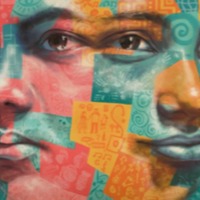
Nang Shayi
The Global Slavery Index 2018 estimates that on any given day in 2016 there were over 3.8 million people living in conditions of modern slavery in China. Women and girls from South Asia, Southeast Asia and Africa are trafficked in to forced marriage in the country for fees of up to £30,000. The gender imbalance caused by the One Child Policy and the cultural preference for male children, has caused a shortage of women which has led to the trafficking of women to be sold as brides. As a result many women find themselves either deceived by promises of employment, sold or abducted and forced into marrying Chinese men who have paid for them.Nang Shayi travelled to China at the age of 18 hoping to find a job to help pay for her education. She went with a woman from the same village who was known and trusted by her family. However, upon arrival, the woman sold Nang Shayi for 20,000 yuan ($3,200) and forced to marry a Chinese man. Nang Shayi was held for four years and had two children. She was able to escape with her daughter but was forced to leave her son behind.
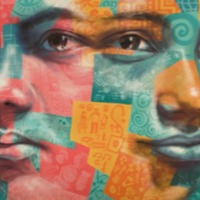
Sana
The Global Slavery Index 2018 estimates that on any given day there were nearly 8 million people living in modern slavery in India. The GSI 2018 reports an emerging trend in northeast India where organised trafficking syndicates operate along the open and unmanned international borders, duping or coercing young girls seeking employment outside their local area in to forced sexual exploitation. Many women and girls are lured with the promise of a good job but then forced in to sex work, with a 'conditioning' period involving violence, threats, debt bondage and rape. Sana was sold in to a brothel as a young girl. She was rescued in 2010 and tells of how her life has changed.
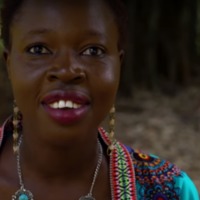
Sophie (Narrative 2)
There are an estimated 328,000 people living in conditions of slavery in Kenya (GSI 2018). Men, women and children are subjected to exploitation amounting to modern slavery in forced labour and sex trafficking. Children are often subjected to forced labour in domestic service, agriculture, fishing, cattle herding, street vending and begging. They are also victims of commercial sexual exploitation throughout the country, in khat cultivation areas, near gold mines and along the highway and Lake Victoria. Moreover, those residing in Kenya's largest refugee camp Dadaab are often vulnerable. Men and women are often lured by employment agencies offering attractive job opportunities, then find themselves trapped in domestic servitude, massage parlors and brothels or forced manual labour. Sophie B went to live with her Uncle after her father lost his job. Rather than taking Sophie to school as he had promised, her Uncle forced her to work as a domestic in his house. She was forced to care for her cousins and do all the house work, being subjected to physical abuse daily.
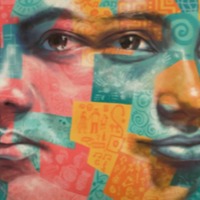
Hania
It is estimated that over 3 million people are living in conditions of modern slavery in Pakistan (GSI 2018). Children are subjected to modern slavery in the form of forced marriage. It is estimated that 21% of girls in Pakistan are married before the age of 18. Child marriage in the country is connected with tradition, culture and custom. It occasionally involves the transfer of money, settlement of debts or exchange of daughters sanctioned by a Jirga or Panchayat. This woman tells of how despite asking to continue with her education, at the age if 19 was forced to travel to Pakistan to marry. Despite being subjected to physical violence, this woman’s family maintained that she must stay with her husband. After five years, she finally left the abuse and is now happily married to a man of her choice.